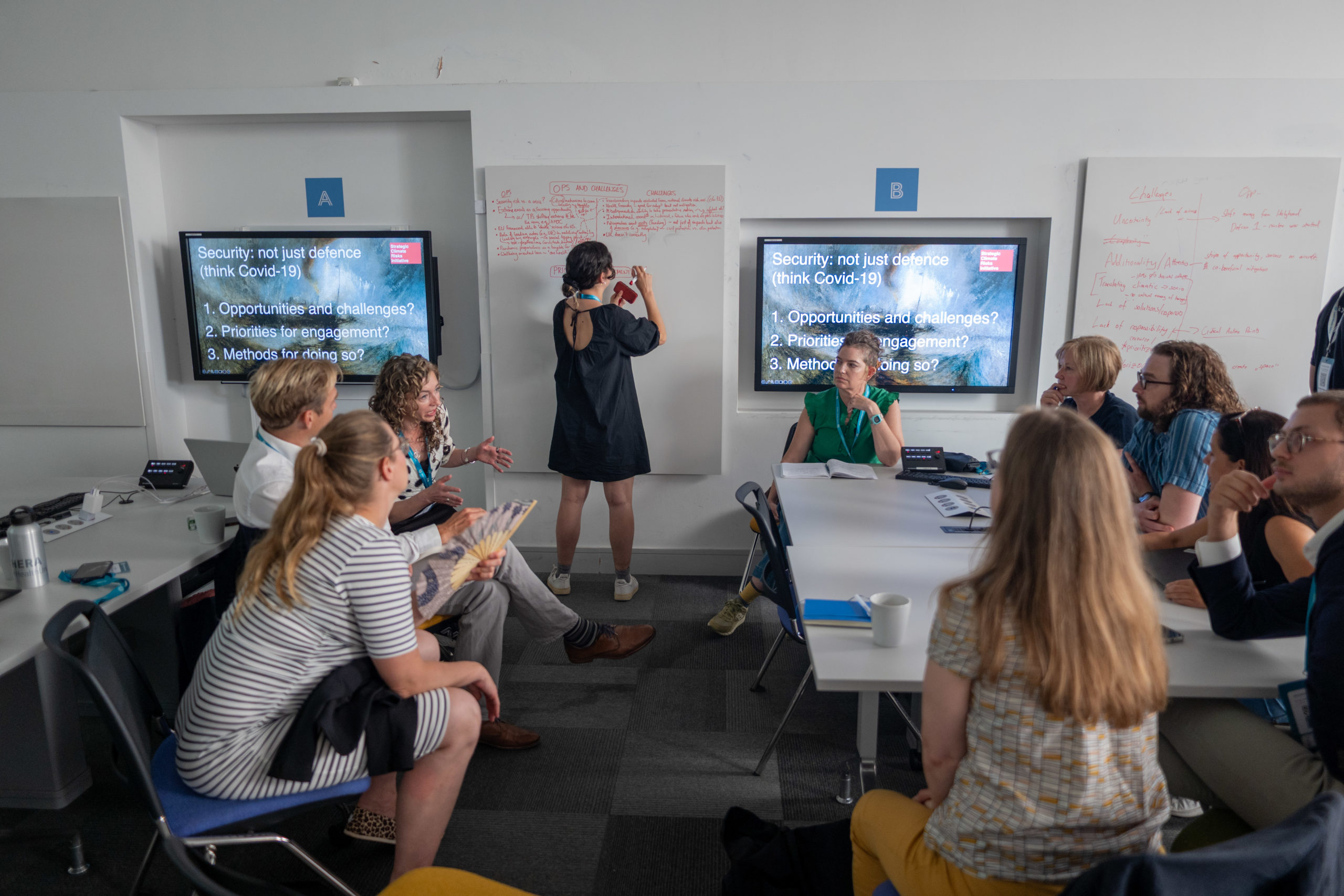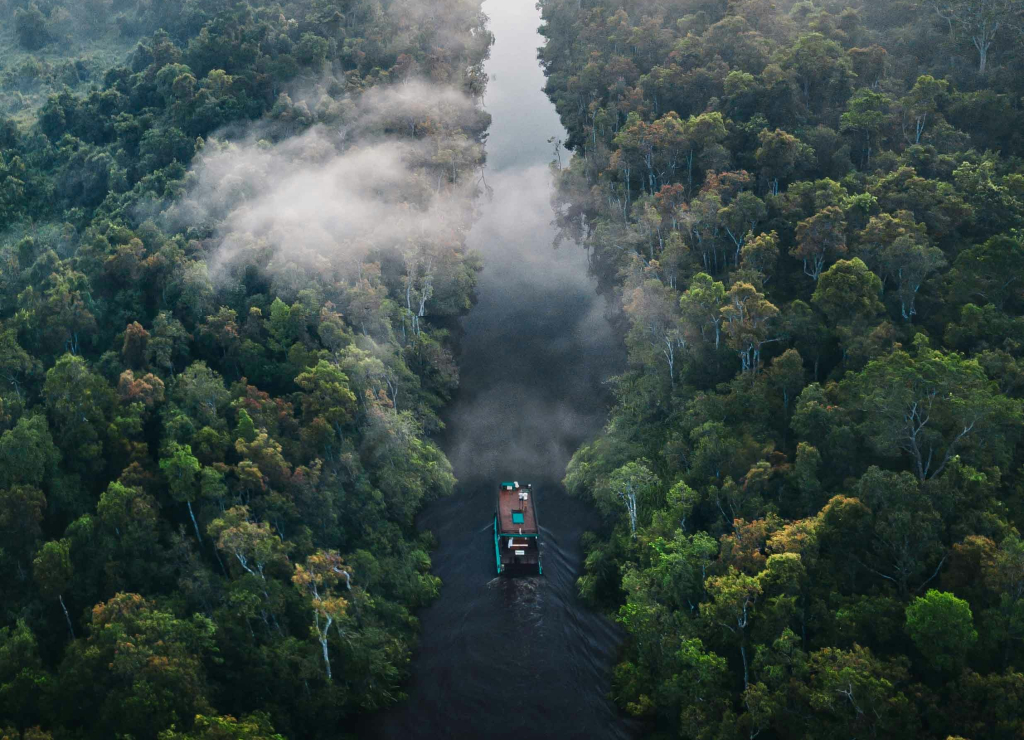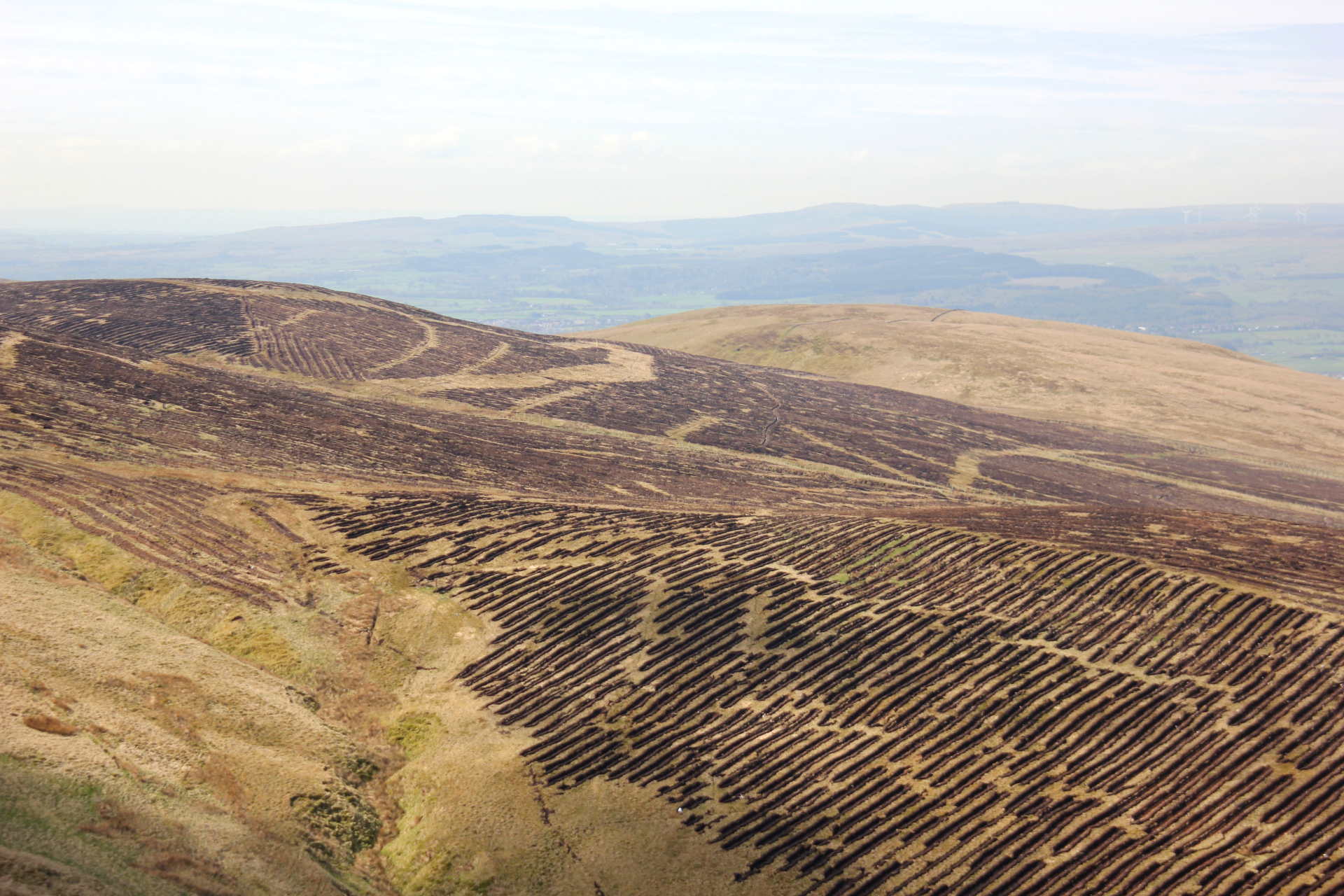Blog
Food systems stuck on climate risk: analysis from the World Agritech conference

At this year’s World Agritech Innovation Summit in London, we took climate science to the sector – with Dr Jesse Abrams hosting a roundtable to explore how risk forecasting and climate science could help growers and buyers build resilience against increasing climate risks.
Whilst there, we wanted to understand how the agriculture sector – one that’s currently responsible for 8.5% global emissions and facing unprecedented pressures from climate change – is responding to those threats.
Here’s our analysis:
In conversations and our roundtable, it became clear that many of these risks and responsibilities sit with farmers and growers, who face immediate daily & seasonal concerns that do not afford them the chance to look long-term at their land’s vulnerable to future climate risks. Overwhelmed by debts, low retail prices, and the constant pressures of managing crops, many farmers simply don’t have the time or capacity to look beyond the current season.
At the same time, as climate risks from droughts, floods, and changing seasons increase, farmers are liable for most of the damage this will cause to their crops. Just this year, a report from insurance firm and University of Exeter partner Howden found that European farmers shoulder 70-80% of all weather-related farm losses. Clearly, the sustainability of farming and food is at serious risk.
Our impression, at World Agritech, was that the industry is a crossroads, when it comes to tackling this problem. While regenerative agriculture, soil health, carbon farming and nature valuations were all on the agenda, there is a gap in finance for these solutions. Partly, there is a hope of engineering our way out of this problem with new chemicals, crop engineering, and predictive tech. But these too are short-term and caught in the middle ground between profit and sustainability, resulting in an agrifood system primed for efficiency over resilience, making it vulnerable to climate shocks from disrupted supply chains and extreme weather events. As a grower, optimising your harvest means little if a serious drought hits.
At the buyer level, we heard how large retailers and producers have made their supply chains more resilient to extreme weather events by diversifying away from growers in affected regions like Spain. While the approach might work in the short term, it’s not a sustainable fix. It also risks leaving behind growers who, with the right forecasting and support, might otherwise adapt their land for growing different crops as their local climate changes.
Our Call to Action: Shape a Better Future for Food and Farming
These problems are solvable. Regenerative practices can restore soil health; financial models can change to free up capacity for sustainable farming; near-term forecasting can help growers adapt to the extreme weather events and changing local climates that affect their crops.
But currently, it’s difficult to see where the first mover will come from. Who will inject the finance needed to prepare growers and producers for these changes? How will the system change to provide better protection, revenue, and stability for farmers?
Without immediate answers, the industry may well be caught at a crossroads. But the science and impacts are clear: this problem is not going away. Neither is it unsolvable – we know how climate forecasts, adaptive finance, and regenerative farming can create the climate–resilient food system that needs to emerge, before it is too late.
With that challenge in mind, we‘re now looking to engage with bold industry partners, who are looking to take the first step and drive systems change. If that sounds like you, contact the Green Futures Solutions team today and join our network of first movers.
Related
Exeter Innovation
We are the trusted partner in transformative innovation, empowering organisations across the globe to make ecologically responsible decisions – for today and for future generations.







